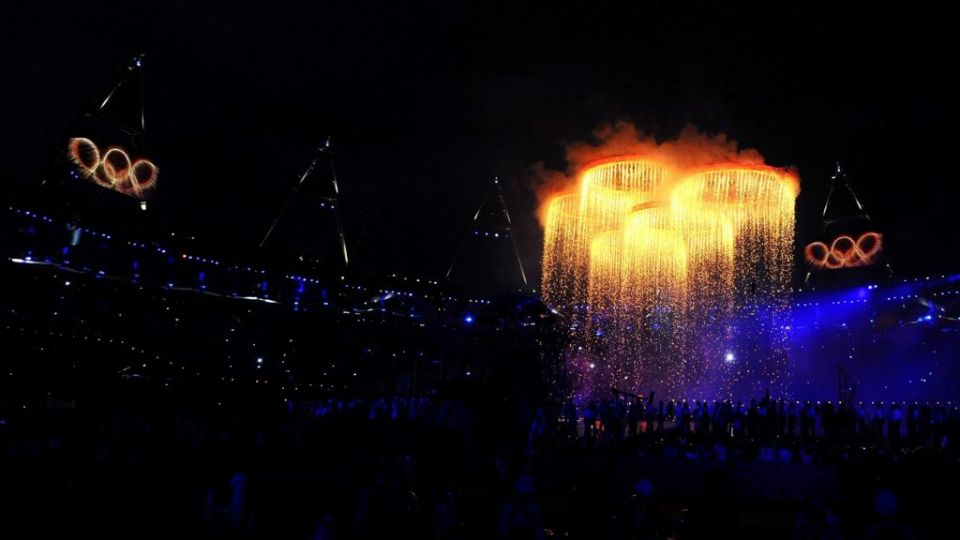Some 113,000 people watched the London 2013 opening ceremony in 3D, figures confirm, sending mixed messages on whether the format is finally starting to be adopted, or if it still has a long way to go before it proves itself in UK homes.
The audience figures via Attentional, based on BARB viewing panel data, to Pocket-lint show that just over 100,000 tuned into the BBC HD channel to watch the opener to the London 2012 Games in 3D.
To put that into perspective, almost 27 million people watched the opening ceremony on BBC One and BBC One HD, making it the most-watched show this year and one of the most-watched shows in TV history, talking a whopping 81 per cent of the share of all television watched on Friday 27 July between 9-12pm.
When you look at the numbers like that the appetite for 3D is minimal, suggesting that the format hasn't yet made any real inroads into the UK home.
Where it starts to get complicated however is when you look at the bigger picture of how many people have 3D-ready TV sets, how many were aware of the 3D broadcast, and who would have actually watched it.
Because the 3D content was available to all who have access to BBC HD via Sky, Virgin Media, Freeview and FreeSat boxes, it is hard to pin down the number of people who could have watched the event.
A simpler way though is to look at sales of 3D television sets in the UK. According to market research firm GfK, 1.3 million 3D TV sets have been sold to date in the UK. But how many of those owners are watching 3D television on a regular basis? Again, is difficult to pinpoint.
That number, combined with the BBC HD viewer figures, suggests that just 1 in 10 people who own a 3D-ready TV watched the opening ceremony in 3D. Not great.
But it is still not that simple. Owners of those 3D televisions might not realise that the TV is 3D enabled, or perhaps tried it once and have not turned it on again. Then there is the idea that events such as the Royal Wedding or the Olympics are more social TV viewing experiences where families or friends sit around the television together, rather than in silence with the lights out.
Group viewing also causes issues when it comes to active 3D sets because there are rarely enough glasses to go around. Glasses, unless consumers have opted for the passive LG Cinema 3D TV sets, are expensive.
Perhaps a better measure of how 3D is doing in the home then is to look at Sky 3D viewing figures.
According to the broadcaster (which tells us the 113,000 seems like a great number and shows there is an appetite for watching this kind of event TV in 3D) Sky has more than 250,000 Sky 3D subscribers in the UK. Sky knows that, because you have to phone Sky to have the 3D channel enabled.
If you look at those numbers in isolation they suggest that almost half of Sky 3D customers watched the opening ceremony in 3D. It is still not that simple though, as Eurosport also showed the event in 3D and - as we've already said - you didn't have to have Sky to be able to watch the event. Unfortunately, Attentional says that Eurosport hasn't supplied data for Friday evening.
Whether you deem the numbers to be positive or not, what is clear is that more people are watching 3D, with the number growing.
In July 2011, the BBC showed the semi-final and final of Wimbledon. It garnered an audience of 18,000. At Christmas that year, it showed Strictly Come Dancing in 3D via the BBC HD channel. It got an audience of more than 53,000.
Fast forward to Wimbledon 2012, and according to Attentional data provided to Pocket-lint, the final starring Andy Murray and Roger Federer was watched by 30,000 in 3D and 17 million viewers in 2D. That's a 0.18 per cent share. Compare that to the London 2012 opening ceremony and the 3D share of viewing figures rises to 0.4 per cent, more than double the viewers, but still incredibly small in comparison to the 2D figures.
So the verdict? It seems 3D TV numbers are growing, but at a very slow pace, especially when you consider just how many people still prefer to watch television without glasses.

